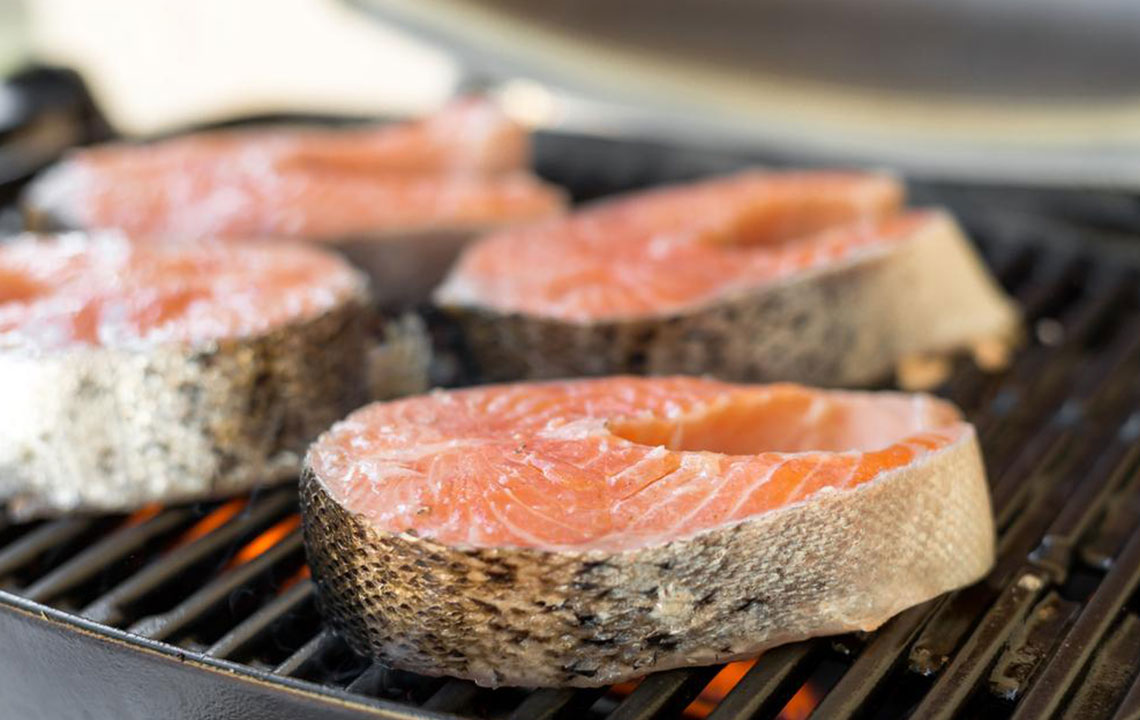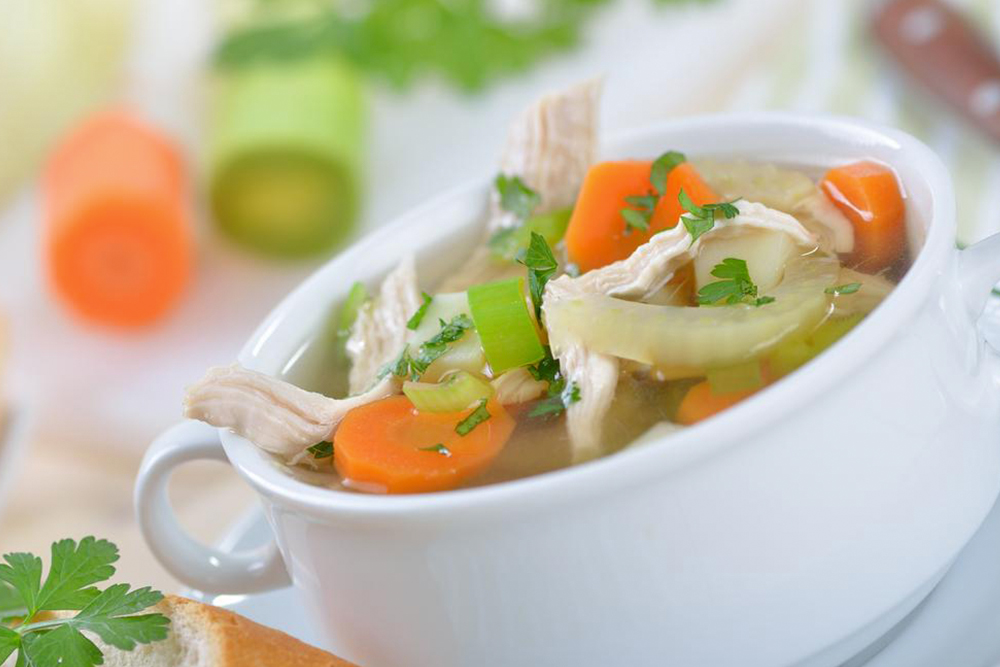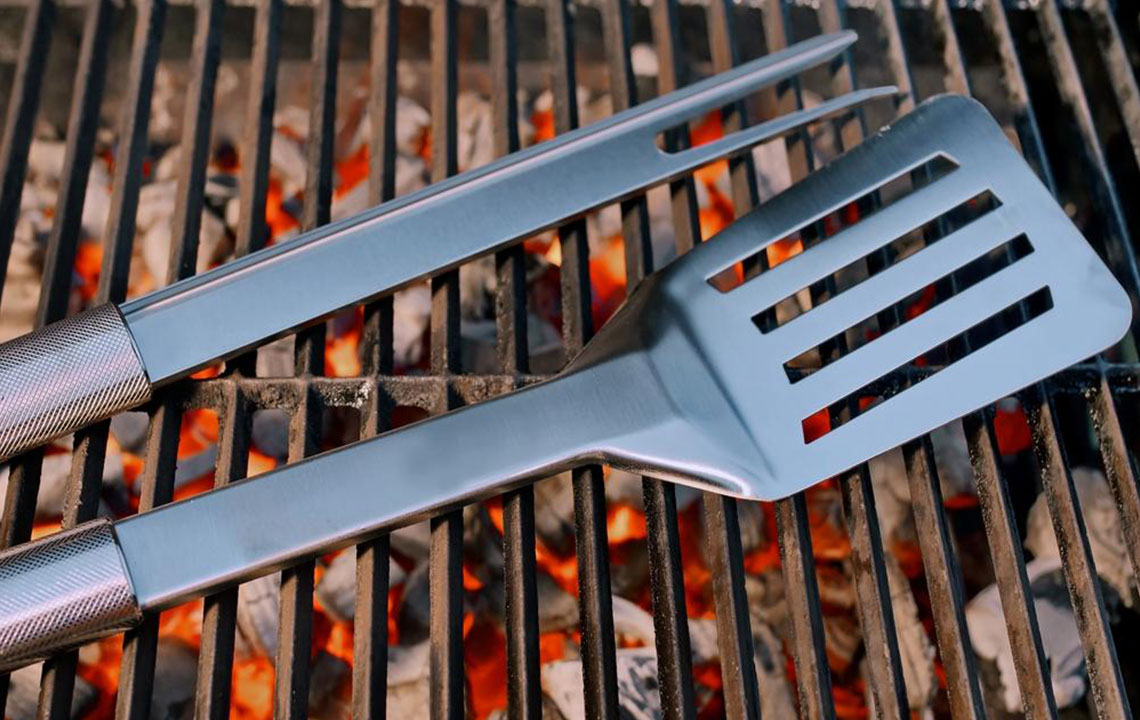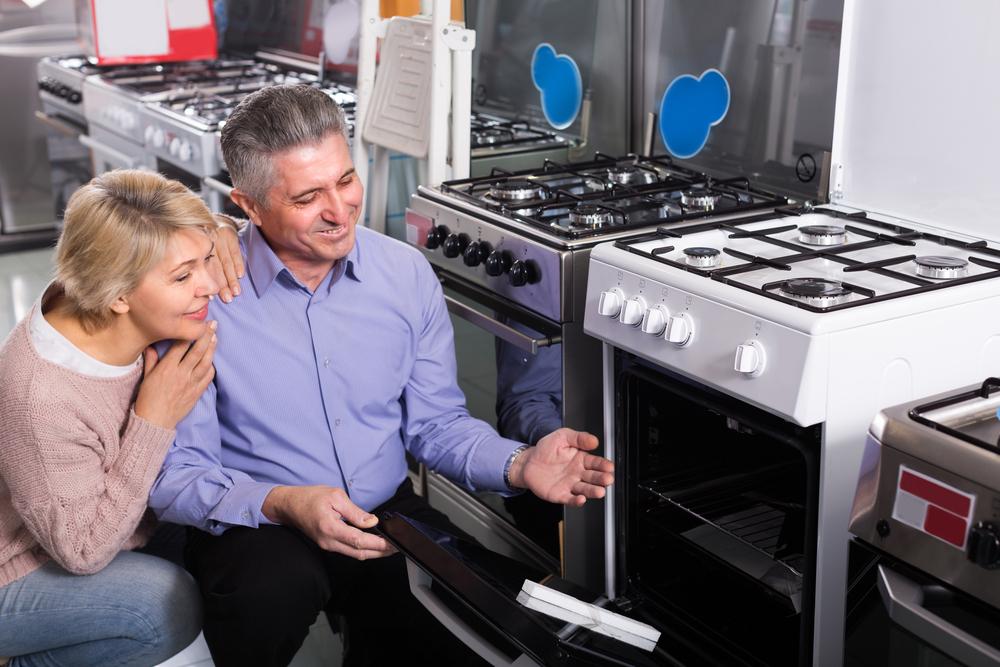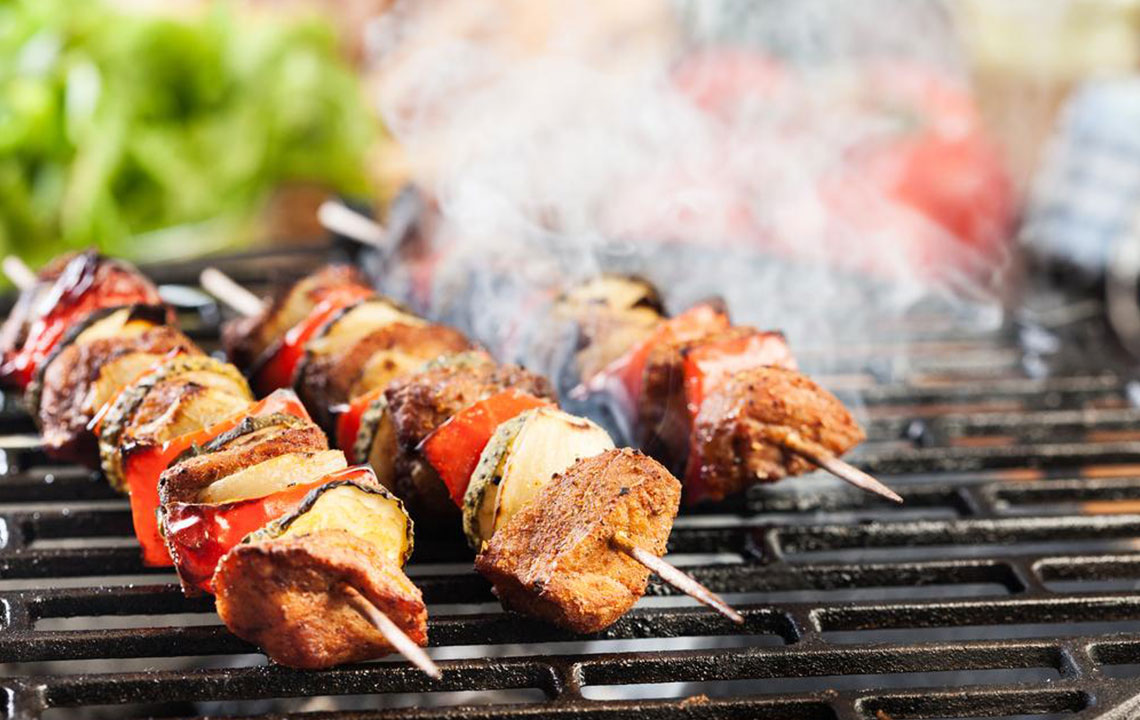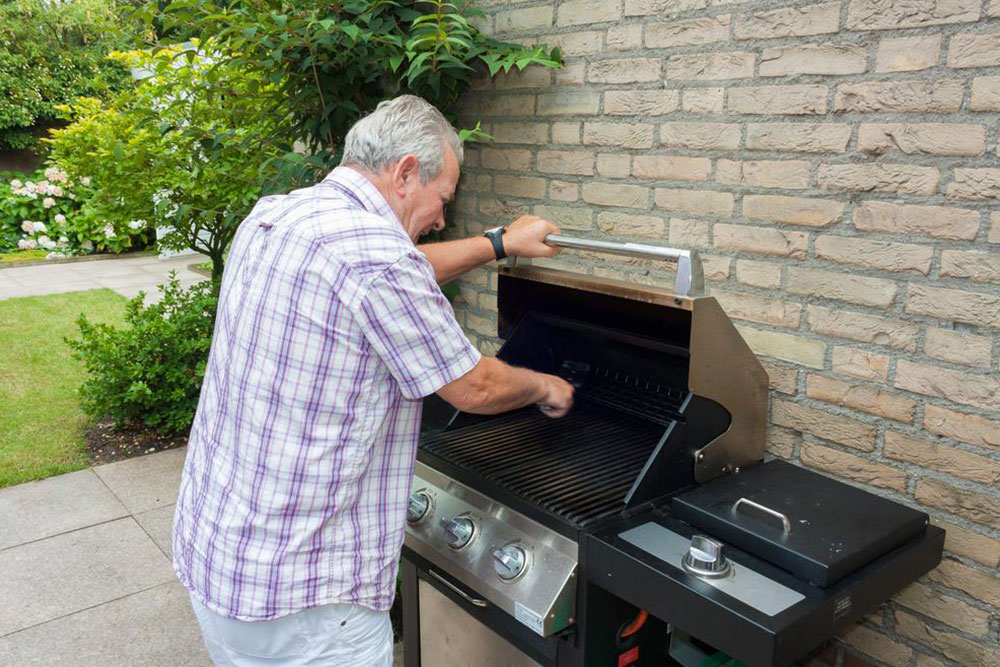Top 10 Strategies for Effective Gas Grill Mastery
Discover essential tips for mastering gas grill techniques to enhance flavor, safety, and efficiency. From cleaning and prep to managing flare-ups and creative recipes, these guidelines will elevate your outdoor cooking skills for perfect grilling every time.
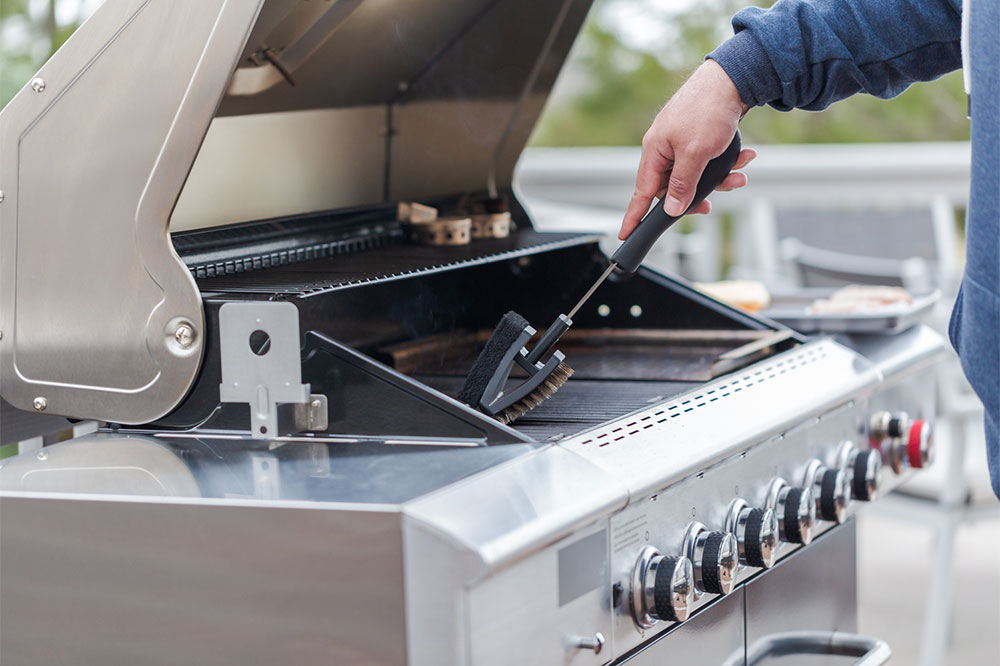
Top 10 Strategies for Effective Gas Grill Mastery
Hosting an outdoor gathering isn’t complete without a reliable grill. Guests enjoy relaxing, chatting, and savoring grilled meats and vegetables, creating a memorable garden celebration. Grilling is more of an art form than a strict science; your skill and style play vital roles. Understanding key techniques for gas grill cooking helps prevent surprises and ensures perfect results. Mastery comes with practice, but knowing essential tips can elevate your grilling game significantly.
Keep your grill clean
Regular cleaning reduces flare-ups and smoke buildup, preventing burnt flavors on your food. Many chefs preheat the grill to burn off residual grease, but brushing with a grill brush after heating removes stubborn food particles and grease, promoting better flavor and safety.
Prepping your grill is essential. Season and clean the grates before each use — this isn’t about flavor but about rust prevention. For existing grills, heating and brushing the grates clears dust and debris. Use high-heat cooking spray on cold grates for a non-stick surface and turn to medium heat after oil burns off, following your grill’s specific instructions, especially if porcelain-enamel coated. Proper seasoning enhances longevity and performance.
Managing flare-ups is critical. Always keep a safe gap on the grill to move food away if flames erupt. When flare-ups happen, shift your food away from the flame, keep the lid closed to control oxygen, and let it burn out naturally. In case of spreading fire, remove all items and let grease burn off promptly.
Keep turning your food for even cooking and to prevent burning—this also helps manage flare-ups, especially with fatty cuts. Movement minimizes risk and ensures uniform doneness.
Always have extra gas handy. Running out mid-cook is inconvenient and disruptive, so stock up before the party to keep your grilling smooth and uninterrupted.
For dishes with sugars, such as glazed ribs or saucy chicken, keep the temperature below 265°F (130°C). This prevents burning the sugars and ensures tender, flavorful results through slow cooking methods, often called “low and slow.”
Food safety is paramount. Use different plates for raw and cooked foods to avoid cross-contamination. Use a thermometer to check internal temperatures, ensuring proper doneness and safety.
Lubricate your grill grates with oil or butter before cooking to prevent sticking. Spray or brush lightly; if your food is already oiled, additional spraying isn’t necessary.
Thaw frozen foods thoroughly before grilling—15 to 20 minutes outside the fridge is ideal—to achieve better texture and flavor. Properly prepared, seasoned ingredients grill more evenly.
Get creative with your grilling recipes! Beyond burgers and steaks, try grilling pizza, vegetables, or even fruit. Experiment with different marinades, rubs, and toppings. The grill is a versatile tool for culinary experimentation.
Note: Our blog offers diverse insights and practical tips based on thorough research. While we strive for accuracy, content should not replace expert advice. Always verify details especially when making health and safety decisions. We’re not responsible for data discrepancies or promotional offers outside our scope.

